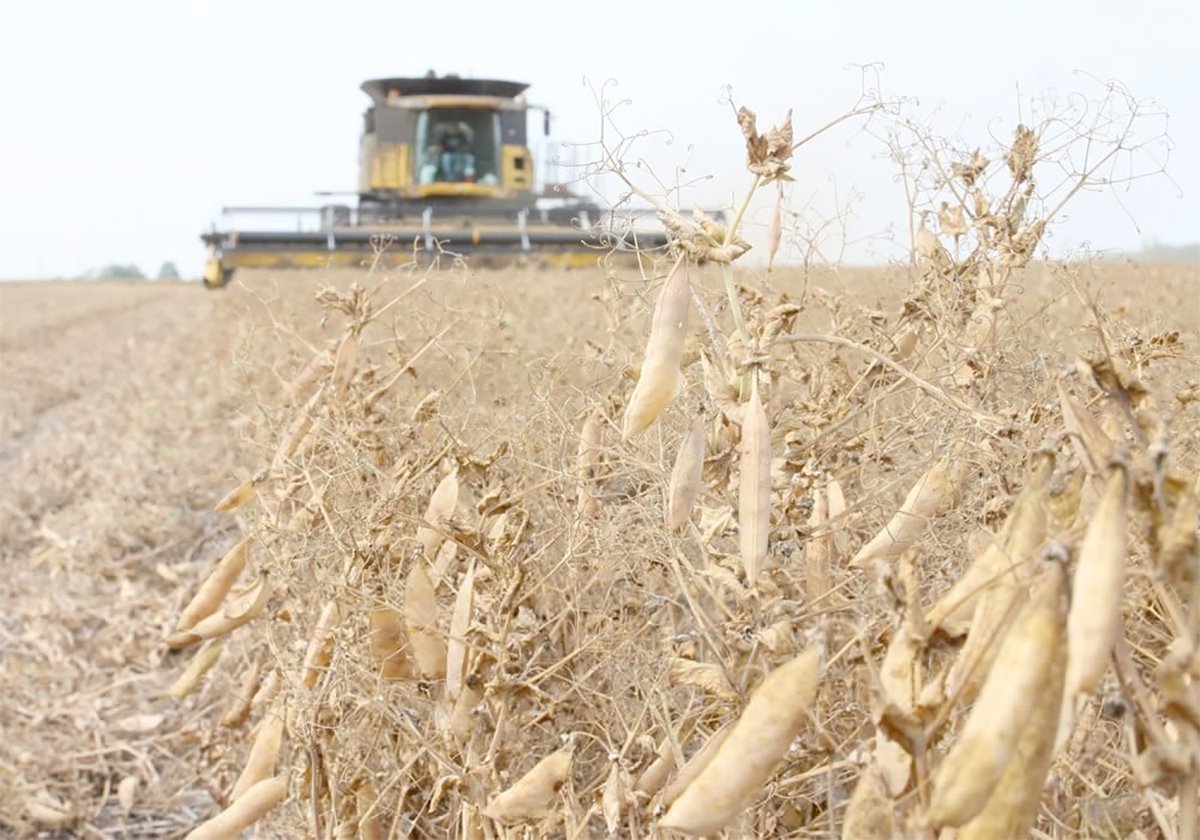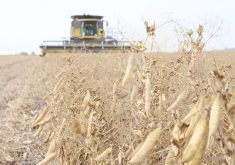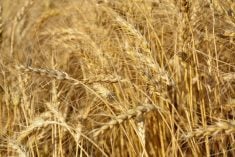SASKATOON (Staff) – It is still a couple of weeks before Bertha army worms begin chomping through canola fields, but farmers should have a good idea now if the worms will be a problem in their area.
Local government agrologists should have the results of pheromone moth traps this week. The traps use hormones to attract adult moths. The number of moths caught is an indicator of the Bertha threat in an area, but fields may vary widely in degree of infestation, bug watchers caution.
A few days after the moths lay eggs, worms hatch and begin eating plants. They start on the lower leaves and move up, eventually reaching the pods, where they cause the greatest damage.
Read Also

Chinese, Indian tariffs take toll on pea prices
The disruption of pea exports from Canada’s largest customers will likely result in slow pea exports for the remainder of the crop year.
Last year’s infestation was widespread across Manitoba and eastern Saskatchewan and is expected to spread this year. But chemical control at the right time can reduce losses, said Agriculture Canada research scientist Owen Olfert.
A natural fungal disease may also be catching up with Bertha populations, Olfert said.
Last year damage was less than expected because many worms were killed when producers were treating fields for diamondback moths. Those pests are not present in any great numbers this year, so Bertha control will be standing alone.














